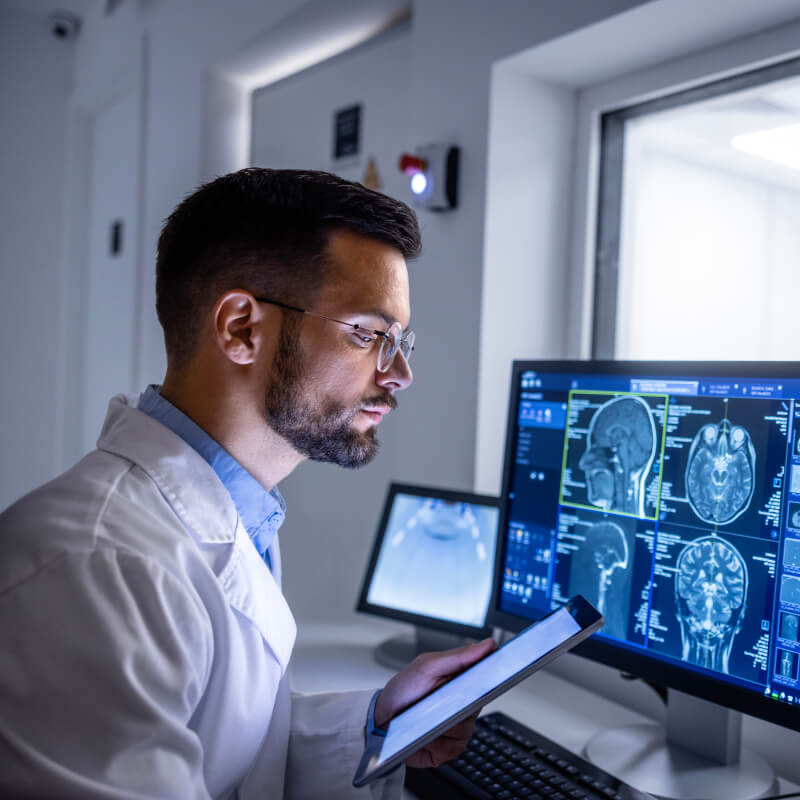
Advancements in Liquid Biopsy Technology: Unveiling Precision Diagnostics
In the dynamic landscape of medical diagnostics, liquid biopsy technology has emerged as a transformative force, offering a non-invasive and highly precise approach to detecting various conditions. This article delves into the latest innovations in liquid biopsy, shedding light on its potential to revolutionize precision diagnostics.
A Paradigm Shift in Diagnostics
Traditional diagnostic methods often involve invasive procedures, causing discomfort and carrying certain risks. Liquid biopsy technology represents a paradigm shift by providing a minimally invasive alternative. Instead of relying on tissue samples, liquid biopsies analyze components such as circulating tumor DNA (ctDNA) or other biomarkers found in bodily fluids like blood, urine, or saliva.
Cancer Detection and Monitoring
One of the most promising applications of liquid biopsy technology is in the field of cancer detection and monitoring. By analyzing circulating tumor DNA, healthcare professionals can identify genetic mutations associated with various cancers. This non-invasive approach allows for early detection, personalized treatment plans, and continuous monitoring of treatment effectiveness, offering a more comprehensive understanding of the disease.
Early Detection of Genetic Disorders
Beyond cancer, liquid biopsy technology holds immense potential for the early detection of genetic disorders. The ability to analyze genetic material in a non-invasive manner provides a valuable tool for identifying genetic abnormalities associated with conditions such as Down syndrome, cystic fibrosis, and other hereditary diseases. Early detection enables proactive medical interventions, improving patient outcomes.
Monitoring Treatment Response
Liquid biopsies offer real-time insights into a patient’s response to treatment. Monitoring changes in circulating DNA or other biomarkers allows healthcare professionals to adapt treatment plans based on the evolving characteristics of the disease. This dynamic approach enhances the precision of medical interventions, reducing the likelihood of adverse effects and optimizing therapeutic outcomes.
Challenges and Considerations
While liquid biopsy technology presents exciting possibilities, it is not without challenges. Standardization of procedures, the need for extensive validation studies, and the development of comprehensive databases for interpretation are critical aspects that demand attention. Additionally, the cost-effectiveness and accessibility of liquid biopsy technologies must be addressed to ensure widespread adoption and benefit across diverse patient populations.
Non-Oncological Applications
Beyond cancer and genetic disorders, liquid biopsy technology is finding applications in various non-oncological fields. Researchers are exploring its use in infectious disease diagnostics, autoimmune disorders, and organ transplant monitoring. The versatility of liquid biopsies positions them as a valuable tool in understanding and managing a broad spectrum of medical conditions.
The Future Landscape
As technology continues to advance, the future landscape of liquid biopsy holds exciting prospects. Ongoing research aims to enhance the sensitivity and specificity of liquid biopsy tests, opening new frontiers for early disease detection and monitoring. Collaborations between researchers, healthcare professionals, and technology developers are crucial to unlocking the full potential of this innovative diagnostic approach.
Global Implications for Healthcare
The global implications of liquid biopsy technology extend beyond individual health. Its non-invasive nature and broad applicability have the potential to transform healthcare on a global scale. Increased accessibility to precision diagnostics can contribute to more effective public health strategies, early interventions, and improved overall healthcare outcomes.
To learn more about the latest developments in liquid biopsy technology, visit Liquid Biopsy Technology.
Note: The provided URL is a placeholder and should be replaced with the actual URL of the website or resource you want to link to.

